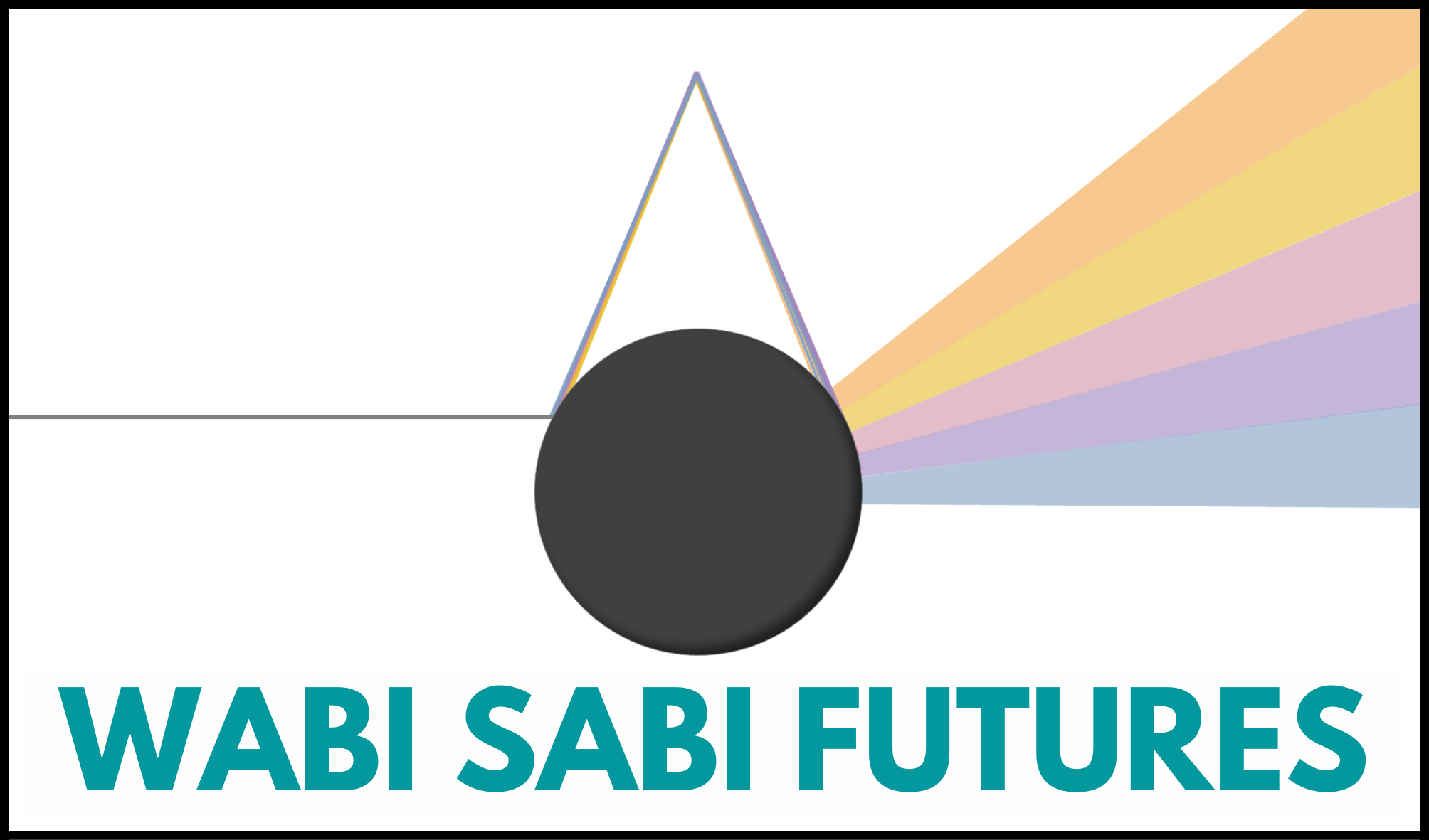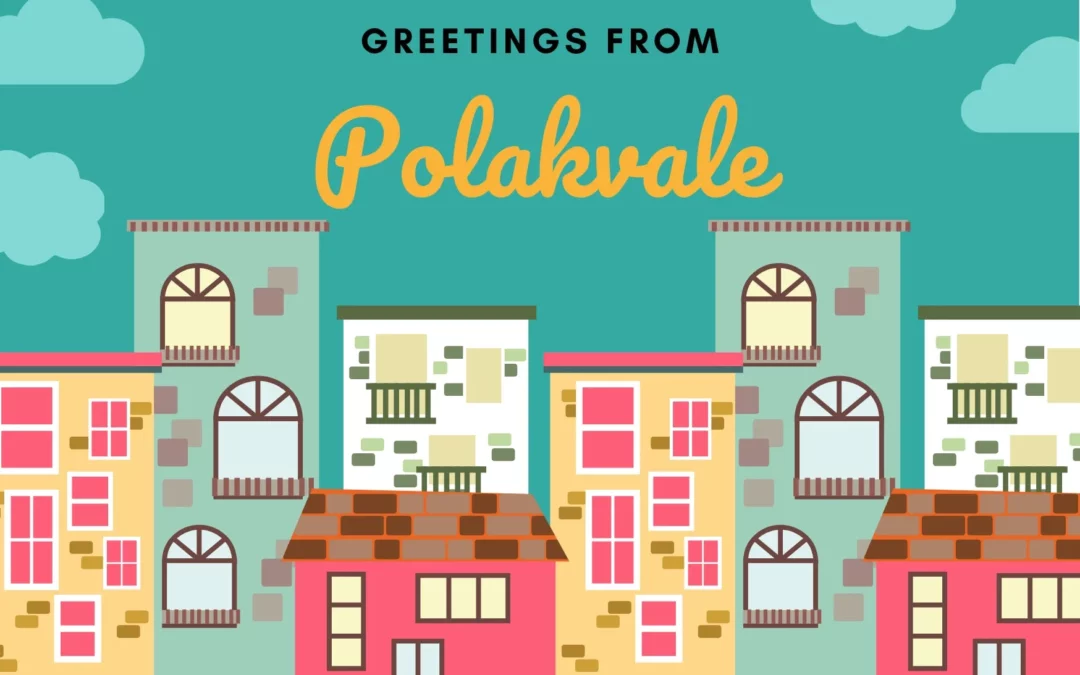Last week a bunch of us playtested my very first game Greetings from Polakvale and we had a blast!
I was (let’s be fair – still am) equal parts excited and intimidated by the enthusiastic response people had to joining the playtest and their experience.
Mate. Why are you designing games now?
I’ve started experimenting with games because when I was studying for my Masters of Strategic Foresight, I found games, play, and processes that allow you to experience a foresight concept to be a powerful way to engage with these ideas and really grok what they are about.
Greetings from Polakvale builds on ideas from Dutch sociologist Fred Polak from his foundational foresight text The Image of the Future, and The Polak Game as described by Peter Hayward and Stuart Candy.
Wait. Why are you designing a game when a game already exists?
I love The Polak Game! It’s a great facilitated process that works well in workshops and can be applied to a specific situation. I believe it’s a powerful way to help people understand their own beliefs about how the future happens and the way the world is, and how this relates to other perspectives they encounter.
With this reimagining, I want to create a version of the game that can exist outside of facilitated workshops (or can be used within them).
There’s a lot of value in playing with different worldviews, so I want to create a way for more people to encounter these ideas outside of formal settings by entering a story and exploring what it’s like to inhabit different perspectives. In this version, we do this by seeing how differing degrees of agency, optimism and influence shape our experiences.
So… what happened?
In both sessions we played a shortened run through of the beta version of the game, then chatted about what the experience was.
Overall, people enjoyed:
- Describing the place they inhabit
- Reacting to change
- Building out the map with icons
- Creating nicknames for their neighbourhood
- Inhabiting a character that is provocative and contrarian
Through the playtesting I learned:
- For the current configuration there feels like a natural upper limit of 8 players
- If this can be used as a workshop activity, the framing around use and purpose needs to be better articulated, emphasising the empathy building aspect
- After a single playthrough, there’s interest in playing it through a second time starting in a different neighbourhood, or being dropped into a neighbourhood that is not aligned with your own outlook
- I need to test what happens when people are given the material and facilitate it themselves
- It would be interesting to expand the variety of roles people can inhabit within the game
- The game requires enough plans in response to ‘something happens’ that go ahead to give people something to engage with.
I’ve made some changes:
- I tightened the debrief, stripping away the neighbourhood overlay and anchoring it back to the underlying theory
- I added an extra step when visiting the neighbours to include an encounter with a local
- I tweaked the layout and added some extra instructional direction for creating icons.
Changes I’ll play with before the next test:
- experiment with a little profile card that tells you about your character
- ramp up the visual aspect by creating more evocative spaces on the map for things to happen
- bounding the something happens a bit more thematically.
Overall, it’s been a really fun and exciting new challenge. There’s still work to be done, but I feel like this is shaping into something that is more of a cousin than sibling to The Polak Game, and has potential to use the same ideas but emphasises different aspects (such as developing empathy by inhabiting different worldviews).
I can’t wait to see where it goes next.

